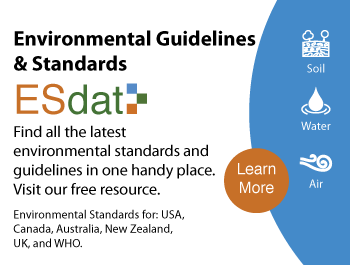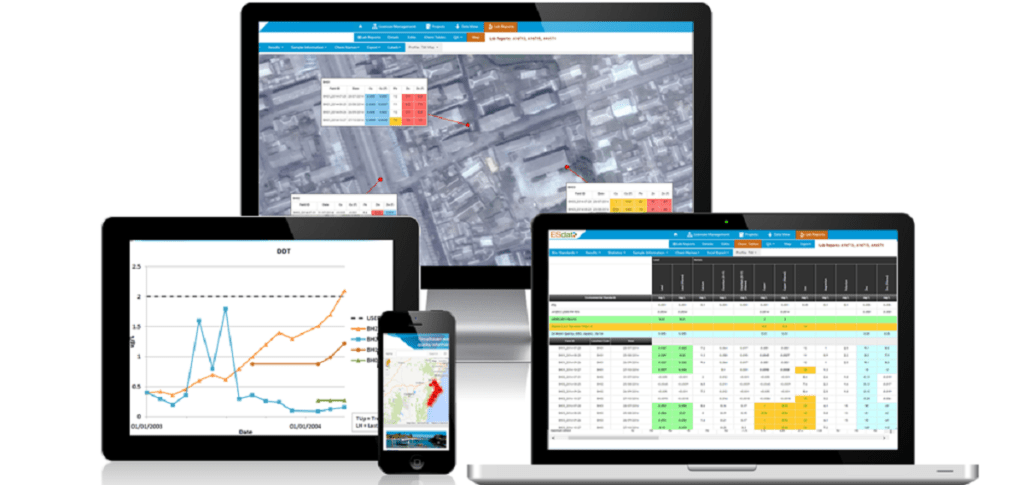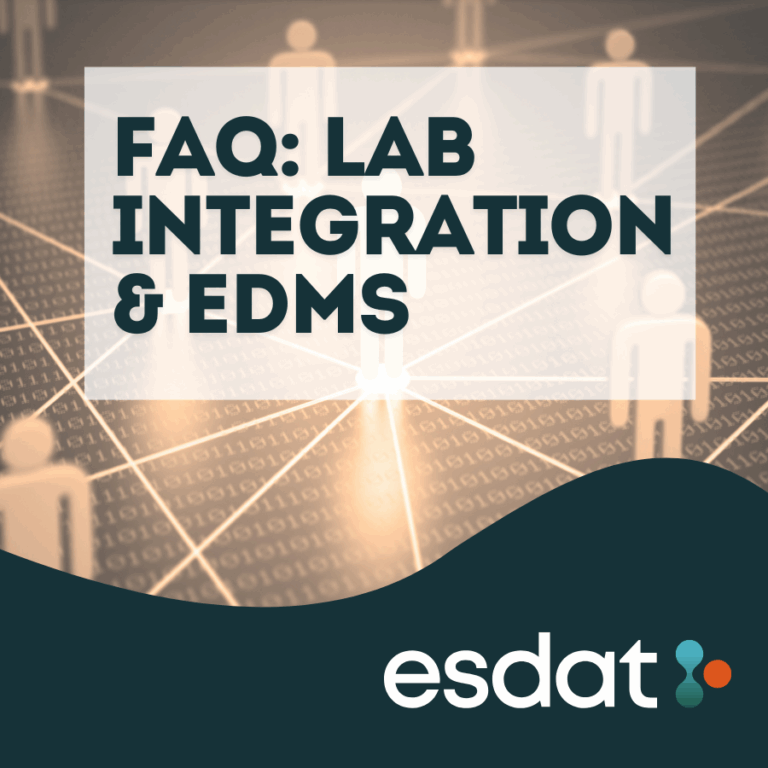The New Jersey (USA) AC 7 26 D Remediation Standards developed by the New Jersey Department of Environmental Protection is responsible for the implementation of the Brownfield and Contaminated Site Remediation Act, NJSA 58:10B-12, among other statutes such as The Industrial Site Recovery Act (ISRA), NJSA 13:1K‐6 et seq., the Water Pollution Control Act, NJSA 58:10A‐1 et seq., and the New Jersey Underground Storage of Hazardous Substances Act (UST), NJSA 58:10A‐21 et seq. It defines remediation standards for surface water, groundwater, soil, soil leachate, and indoor air. The use of these standards does not exempt compliance with provisions from other statutes, rules, and regulations from other authorities; local, state or federal.
Groundwater remediation standards outline general groundwater quality policies (NJAC 7:9C‐1.2), narrative groundwater quality criteria (NJAC 7:9C‐1.7), antidegradation policy (NJAC 7:9C‐1.8), and remediation requirements (NJAC 7:26E‐1). The standards provide values and reporting limits for carcinogenic and non-carcinogenic contaminants for soil remediation. The standards also define exposure pathways. Furthermore, the guideline offers Alternative remediation standards (ARS) created using site-specific conditions.
The New Jersey (USA) AC 7 26 D Remediation Standards are applied to provide a means of addressing adverse effects of contamination on surface water, groundwater, soil and indoor air, and limiting risks on human health and the environment.
The New Jersey Department of Environmental Protection is responsible for updating the remediation standards. Updates are made when USEPA conducts revisions on toxicity information and reflect on the Integrated Risk Information System (IRIS) database. The Department also integrates any new information from the New Jersey Drinking Water Quality Institute.

All compiled environmental guidelines and standards are shown on the ESdat website. These are pre-loaded into ESdat Online.
ESdat is a specialist environmental database system; used to validate and import a broad spectrum of Environmental Data and help users analyze and report it.
ESdat Online delivers a highly cost-effective and efficient approach to store your ongoing monitoring environmental data, optionally with a historical data upload provided as a getting started service. ESdat Online is perfect if you want a cloud-based system that collates and reports your ongoing laboratory and field results.
ESdat Server provides the advantages of ESdat Online with the option of adding ESdat Desktop for data experts to upload their historical data, effectively interrogate the raw data being used within the database, and automatically launch and send data to other Desktop Applications such as Surfer, ArcGIS and Excel.
A variety of complementary products are also available to help with related work, such as sample planning and electronic Chain of Custody (LSPECS), offline field data collection or bore logging (pLog), production of bore logs (ESlog), public portals and customized reporting.

Reference
New Jersey Department of Environmental Protection (2021). NJAC 7:26D: Remediation Standards. Retrieved from https://www.nj.gov/dep/rules/rules/njac7_26d.pdf






